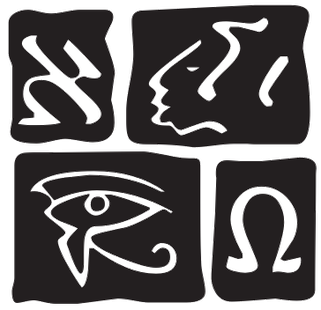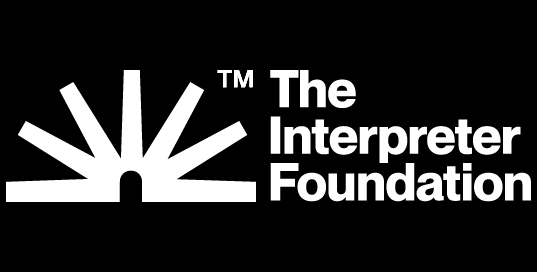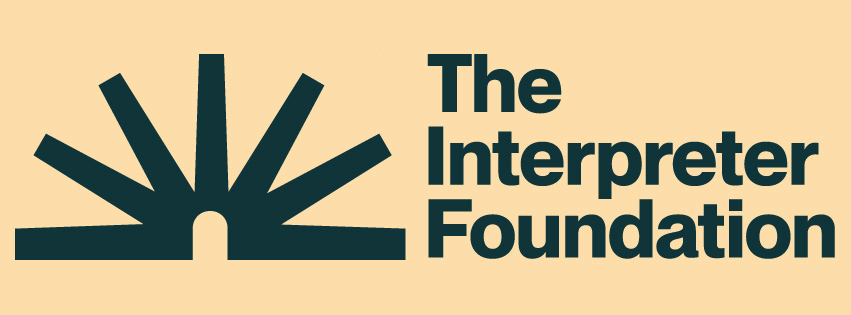
Chronological Bibliography
Search the FARMS Bibliography
Advanced Search of the FARMS Bibliography
This form allows you to perform an advanced search. You only need to fill in one field below. This can be any field. If you select "not" as your match criteria, you must select at least one other field.
See the icons used for the links to the available media types for an article
The story of Alma the Younger’s conversion. Just before he died, he delivered to his sons Helaman, Shiblon, and Corianton his “commandments,” a father’s advice and admonitions. Each son is different, and therefore Alma’s advice was different for each of his sons.
Book of Mormon Scriptures > Helaman
Old Testament Scriptures > Isaiah


